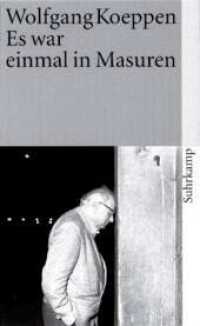- ホーム
- > 洋書
- > ドイツ書
- > Humanities, Arts & Music
- > Linguistics
Full Description
«This book takes theoretical linguistics by storm, moving our understanding of the passive construction onto a whole new level. Samirah Aljohani puts the adjectival passive under the empirical lexico-grammatical microscope, producing numbers which both dazzle and clarify. Inspired science from copious data presented in an accessible style - absolutely brilliant!» (Dr Christopher Beedham, University of St Andrews, Scotland)
Most analyses of the English passive (formed with be + V-ed) claim that there is a verbal passive and an adjectival passive. How can the same form express polar opposite meanings? This study of the adjectival passive reconciles the contradiction using Christopher Beedham's aspect analysis of the passive, in which the so-called actional passive (verbal passive) is said to express an action and its resultant state.
In the study, the author presented approximately one thousand 2nd participles, mainly from transitive verbs, to three native speaker informants in putative noun phrases such as an accepted practice and putative clauses with un-, such as It is unaccepted, and asked the informants to say if they are grammatical, ungrammatical or borderline. She also interrogated her participles in the British National Corpus for their adjectival properties. In this way, she arrived at five adjective-like properties which a 2nd participle can have. Finally, she put her participles into eight groups, ranging from «0% state, 100% action» to «50% state, 50% action», depending on how many and which of the five adjective-like properties they can exhibit. The result is a new gradient scale of adjectival passives.
Contents
Contents: Introduction - The Aspect Analysis of the Passive - Methodology: Structuralism, Exceptions and Corpora - A Correlation between Attributive 2nd Participles and Adjectival Passive - Subsective Gradience in 2nd Participles - Recap and Implications - Summary and Conclusion.








